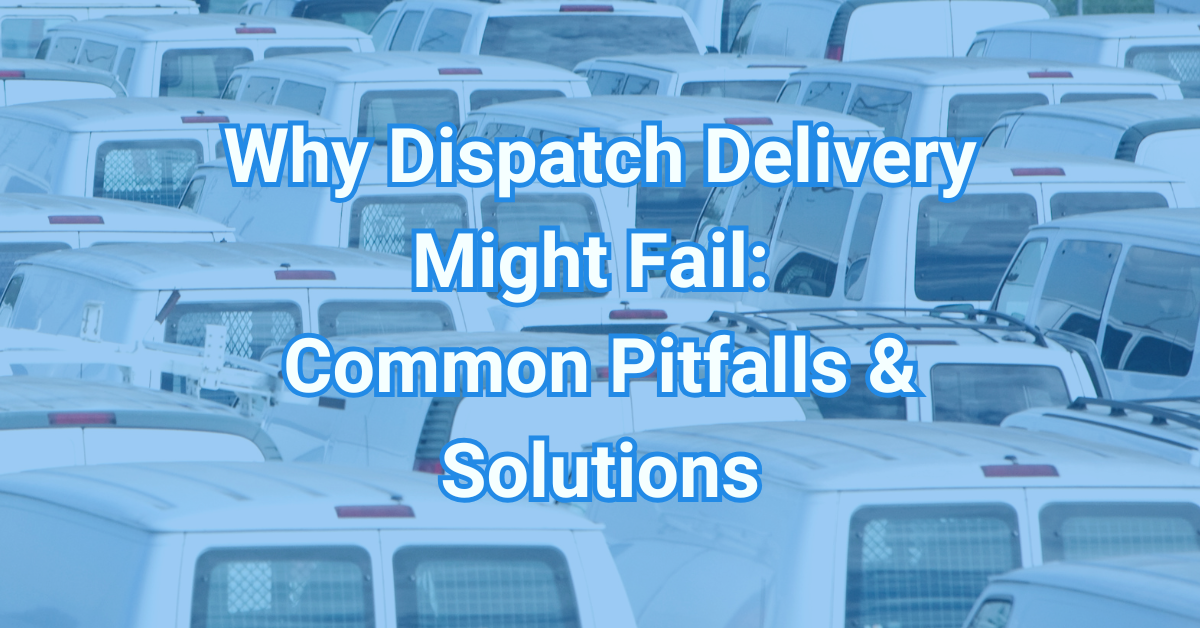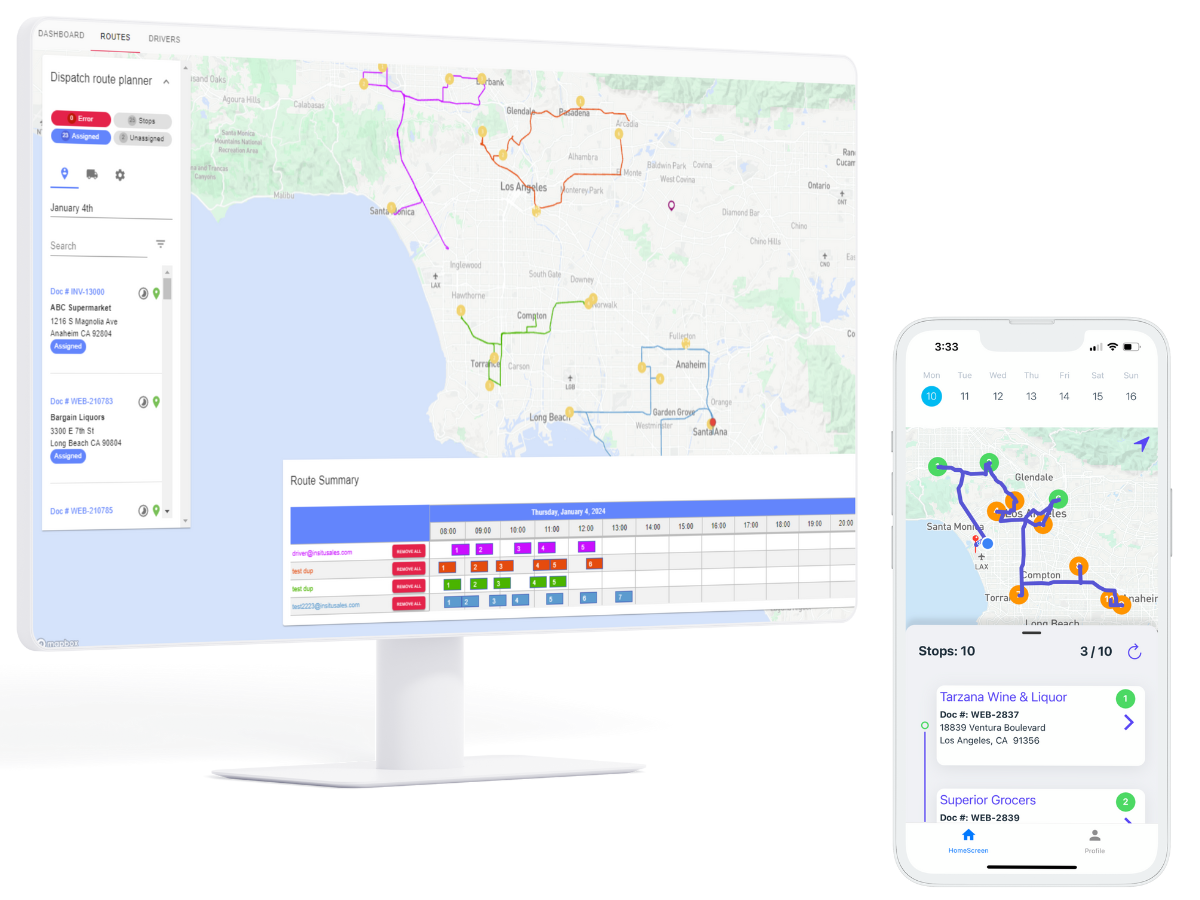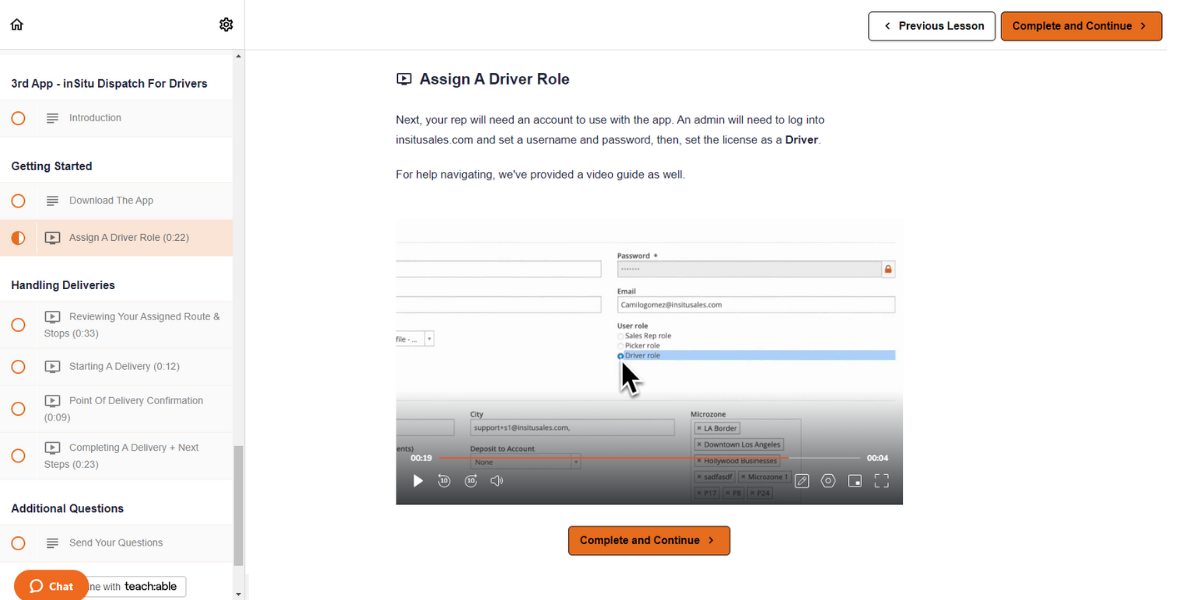
Why Dispatch Delivery Might Fail: Common Pitfalls and Solutions
In today’s fast-paced world, efficient dispatch delivery systems are crucial for businesses aiming to meet customer expectations. However, despite the advancements in logistics technology, many deliveries are still falling short. Understanding the common pitfalls that can lead to these failures is essential for businesses seeking to optimize their delivery processes. In this article, we’ll explore the reasons why dispatch delivery might fail and offer solutions to enhance the reliability of your delivery service.
1. Poor Route Planning
The Problem
One of the primary reasons for failed dispatch deliveries is inadequate route planning. Drivers may encounter traffic jams, road closures, or other unforeseen circumstances that delay their arrival. This problem is amplified when managing a team or fleet of drivers with differing routes and time sheets to organize.

The Solution
Utilize advanced route optimization software that takes real-time traffic data into account for multiple drivers, then plots it into a dynamic timesheet. This can help in selecting the most efficient routes and avoiding potential delays, while updates using our realtime driver tracking will predict ETA, and give valuable insight into any time spent between stops.
2. Lack of Communication
The Problem
Effective communication between sales managers, drivers, and customers is crucial. Miscommunication can lead to missed deliveries or incorrect addresses, and the more independent channels data has to move between, the greater the likelihood for error.
The Solution
Implement a single, all-in-one robust management platform that allows for instant live updates, as well as a reliable integration sync for your ERP data. Ensure all parties have access to the same information, while minimizing the avoidable errors that occur from manual entry, or improper syncs.
3. Inaccurate Inventory Management
The Problem
Deliveries can fail if the items promised to customers are not available, and the problem becomes worse the longer it takes to detect the insufficient inventory. Ideally it would be noticed in the warehouse during fulfillment, but depending on the system and information available, it could slip through onto a dispatch. Inaccurate inventory management leads to over-promising and under-delivering, and in a business that relies on customer loyalty through reorders for sustainability, this can create serious damage.
The Solution
Adopt an integrated inventory management system that provides real-time updates through a user-friendly catalog, and generates product lists from existing invoices for drivers. This ensures that your dispatch team has precise calculations for what is both available on their truck/van, and what is expected for delivery at each customer stop.
4. Untrained Personnel
The Problem
Inexperienced or poorly trained staff can cause delays in dispatch and delivery. This includes not only drivers but also admins who manage have to manage and plan logistics. Most commonly, the problem is a surface level understanding of the software used to carry out daily operations. Since further training can cost valuable working hours for managers, or can be overwhelming for the team to learn if proper educational resources aren’t available, many businesses are left in a precarious position.

The Solution
Our team understands the costs and risks associated with taking time to train your team on new software. That’s why we created inSitu Academy with a focus on being straight to the point for functionality, displaying a user-friendly guide layout, and being regularly updated in terms of real world use cases. Focus on essential skills like route management, customer service, and problem-solving to enhance overall efficiency.
5. Customer Availability
The Problem
Sometimes, deliveries fail simply because customers are not available to receive them. This can lead to re-delivery attempts, adding to costs and delays.
The Solution
Consider offering flexible delivery windows and communicate clearly with customers regarding their options. When reviewing timesheets on the Route Planner, admins can manually edit schedules and add stops for wait time where needed. Working with customers to choose a more flexible time slot can significantly reduce failed delivery attempts.
6. Failure to Adapt to Changes
The Problem
The logistics landscape is constantly evolving. Companies that fail to adapt to new technologies or consumer expectations may find their delivery systems lagging.
The Solution
Rather than only focusing on what your team needs to complete their tasks, look ahead at what added value you can be delivering to customers. The companies experiencing sales growth are the ones centered on innovation and always improving what they can offer. Never assume that huge expenses are needed to accommodate customer-facing features, as this should be the #1 area your sales software solution is releasing updates for. We work around the clock to understand trends for what customers will expect, and add those features to your dashboard at no added cost, because we know it’s what our loyal users need to keep running.
Conclusion
Dispatch delivery failures can have a significant impact on customer satisfaction and business reputation. By addressing common pitfalls such as poor route planning, lack of communication, and untrained personnel, businesses can enhance their delivery processes. Investing in the right technology, training, and proactive maintenance can help ensure that your dispatch delivery system runs smoothly and effectively. Remember, a reliable delivery service is not just about getting the job done—it’s about building lasting relationships with your customers.
